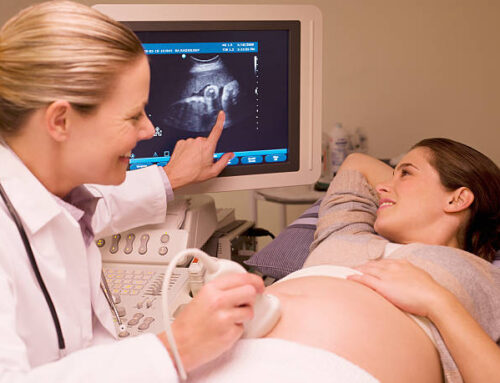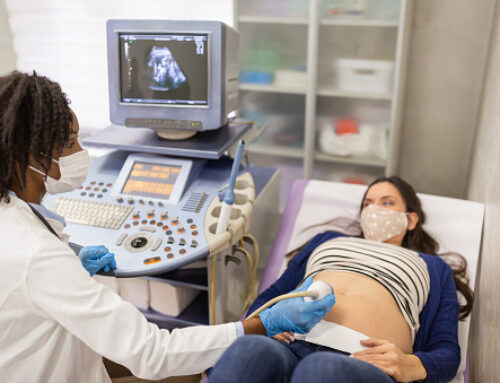Ultrasound technology has come a long way since its invention in the 1950s. The use of 3D/4D ultrasound imaging has revolutionized prenatal care by providing detailed images of a growing fetus. These images can be used to diagnose abnormalities, track fetal growth, and even allow parents to see their baby’s facial features before birth. In this article, we will explore the science behind 3D/4D ultrasound imaging and its benefits in prenatal care.
Ultrasound imaging works by using sound waves to create images of structures inside the body.
A handheld device called a transducer is used to emit high-frequency sound waves into the body, which bounce off structures and return to the transducer. The returning waves are then processed by a computer to create images that can be viewed on a screen.
Traditional 2D ultrasound imaging produces flat, black and white images that show the structure of the fetus.
However, 3D ultrasound technology takes this a step further by using multiple 2D images to create a 3-dimensional image of the fetus. This allows doctors to see the shape and contour of the fetus in more detail.

4D ultrasound imaging takes it even further by adding the element of time to the 3D images. This means that doctors can see the fetus in motion, capturing real-time movements like fetal yawning or sucking on its thumb. The added dimension of time has made 4D ultrasounds particularly popular among expectant parents who want to see their baby’s movements before birth.
The benefits of 3D/4D ultrasound imaging in prenatal care are numerous.
First, these images can be used to detect any abnormalities or structural defects in the fetus. This can allow doctors to develop a treatment plan or prepare for any necessary interventions after birth. 3D/4D ultrasound imaging can also help doctors track fetal growth and monitor any potential complications.
Aside from medical benefits, 3D/4D ultrasound imaging has also been shown to have psychological benefits for expectant parents. Seeing their baby’s face and movements before birth can help parents bond with their baby and feel more connected to the pregnancy experience. It can also provide reassurance that the baby is healthy and developing normally.
Despite its benefits, there are some limitations to 3D/4D ultrasound imaging.
One major limitation is that the quality of the images can be affected by the position of the fetus, the amount of amniotic fluid, and the mother’s body size. This means that not all expectant parents will be able to get clear, high-quality images of their baby. Additionally, there is a risk of overuse or misuse of ultrasound imaging, which can lead to unnecessary interventions or anxiety for parents.
In conclusion, 3D/4D ultrasound imaging has become an important tool in prenatal care, allowing doctors to detect abnormalities, track fetal growth, and provide reassurance to expectant parents. While there are limitations to the technology, the benefits it provides have made it a valuable addition to prenatal care. If you are considering a 3D/4D ultrasound, talk to your doctor about the benefits and limitations, and whether it is a good option for your pregnancy.




